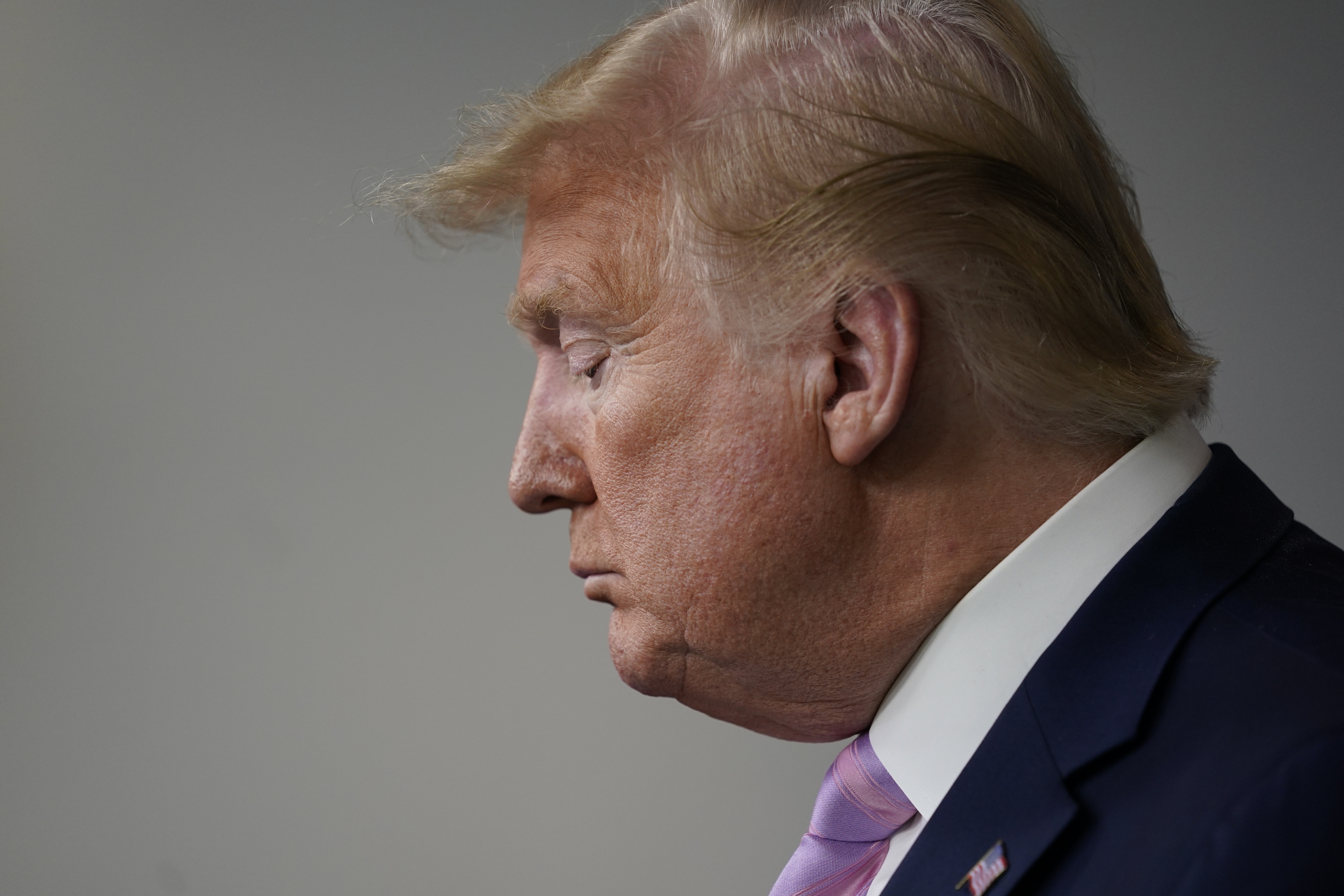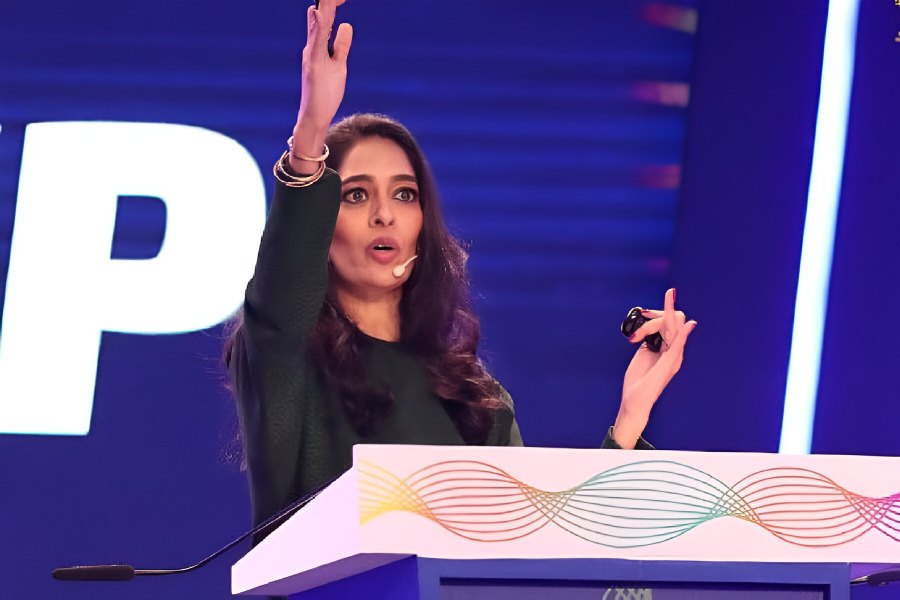Top White House advisers as well as experts deep in the cabinet departments and intelligence agencies all sounded alarms and urged aggressive action to counter the threat from the coronavirus, but President Donald Trump remained slow to respond, a detailed examination of the government’s response found.
Trump’s views were coloured by long-running disputes inside the administration over how to deal with China and his own suspicion of the motivations of officials inside what he viewed as the “Deep State”. Recommendations from public health officials often competed with economic and political considerations in internal debates, slowing the path towards belated decisions.
Interviews with dozens of current and former officials and a review of emails and other documents reveal the key turning points as the Trump administration struggled to get ahead of the virus, rather than just chase it, and the internal debates that presented Trump with stark choices along the way.
National Security Council officials received the warnings in early January about the potential dangers from a new virus in Wuhan, China.
The US state department’s epidemiologist warned early that the virus could develop into a pandemic, while the National Centre for Medical Intelligence, a small outpost of the Defence Intelligence Agency, reached the same conclusion.
Weeks later, biodefence experts in the National Security Council office responsible for tracking pandemics looked at what was happening in Wuhan and started urging officials to think about what would be entailed in quarantining cities the size of Chicago and telling people to work from home.
But some of the earliest warnings came from national security hawks eager to blame China, and they often ran into opposition from the President’s economic advisers, who were concerned about upsetting relations with China at a time when Trump was negotiating a trade deal with Beijing.
Peter Navarro, the President’s top trade adviser, wrote a searing memo at the end of January arguing that a pandemic caused by the virus could cost the US dearly, producing as many as half a million deaths, or 5,00,000 “American souls”, and trillions of dollars in economic losses.
The memo, in which Navarro argued in favour of limits on travel from China, says that in a worst-case scenario, 30 per cent of the population in the US would be infected with the virus, leading to the deaths “on the order of a half a million American souls”.
In recent days, Trump has denied that he saw the memo at the time. But The Times can reveal that aides raised it with him at the time and that he was unhappy that Navarro had put his ideas in writing.
By the third week of February, the administration’s top public health officials had concluded that it was time to begin shifting to a more aggressive strategy to mitigate the spread of the virus, including social distancing, stay-at-home orders and school closures.
But they never got the chance to present the plan to the President. An official at the Centres for Disease Control and Prevention went public with dire warnings too soon, sending stocks tumbling and angering Trump, who pushed aside his health and human services secretary and put Vice-President Mike Pence in charge of the response.
It would be three more weeks before Trump finally recommended aggressive social-distancing guidelines, a period when the virus spread largely unimpeded and the task force was trying to avoid alarmist messages like the one that had angered the President.
Experts in and out of government were alarmed at the failure to take swifter action.
Throughout January and February, a group of academics, government physicians and infectious diseases doctors — including Trump administration officials — expressed alarm at the ferocity of the coronavirus in a lengthy email chain they called “Red Dawn”, an inside joke based on the 1984 movie about a band of Americans trying to save the country after a foreign invasion.
The officials repeatedly expressed concern about the lack of aggressive action to deal with the virus. They assailed the lack of testing and helped bring to the government’s attention concerns about the virus being spread by people without symptoms. They also tracked the global spread of the virus. At the end of February, a top veterans affairs department doctor wrote: “So we have a relatively narrow window and we are flying blind. Looks like Italy missed it.”
The White House was divided over how to respond.
The President was surrounded by divided factions in March even as it became clearer that avoiding more aggressive steps to stop the spread of the virus was not tenable.
As he prepared to give an Oval Office address on the evening of March 11, Trump continued to resist calls for social distancing, school closures and other steps that would imperil the economy. Seeking to understand the potential effects on the stock market and the economy, he reached out to prominent investors like Stephen A. Schwarzman, the chief executive of Blackstone Group, a private equity firm.
During an Oval Office meeting, treasury secretary Steven Mnuchin stressed that the economy would be ravaged by such measures. Robert C. O’Brien, the national security adviser, who had been worried about the virus for weeks, sounded exasperated as he told Mnuchin that the economy would be destroyed regardless if officials did nothing.
Later, Trump reflected on that period of debate among his advisers, saying: “Everybody questioned it for a while, not everybody, but a good portion questioned it,” adding: “They said, let’s keep it open. Let’s ride it.”











